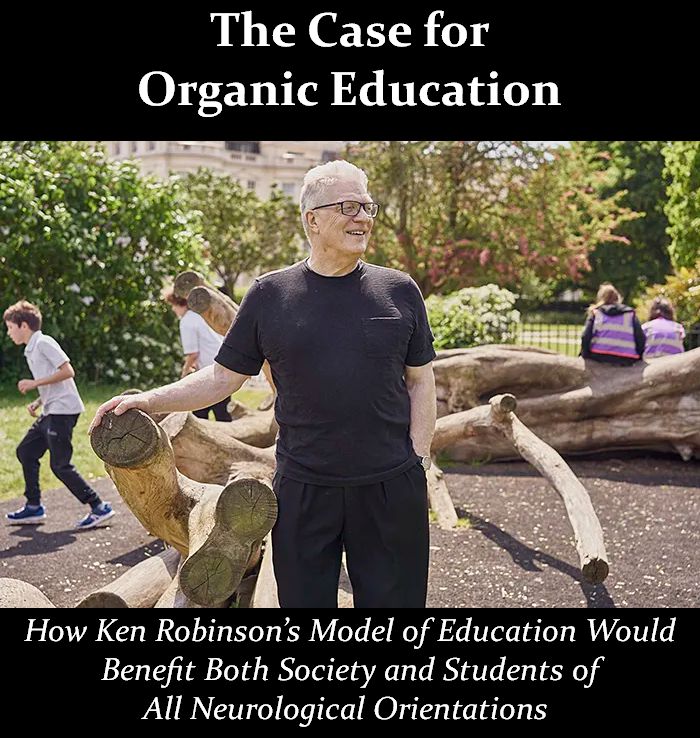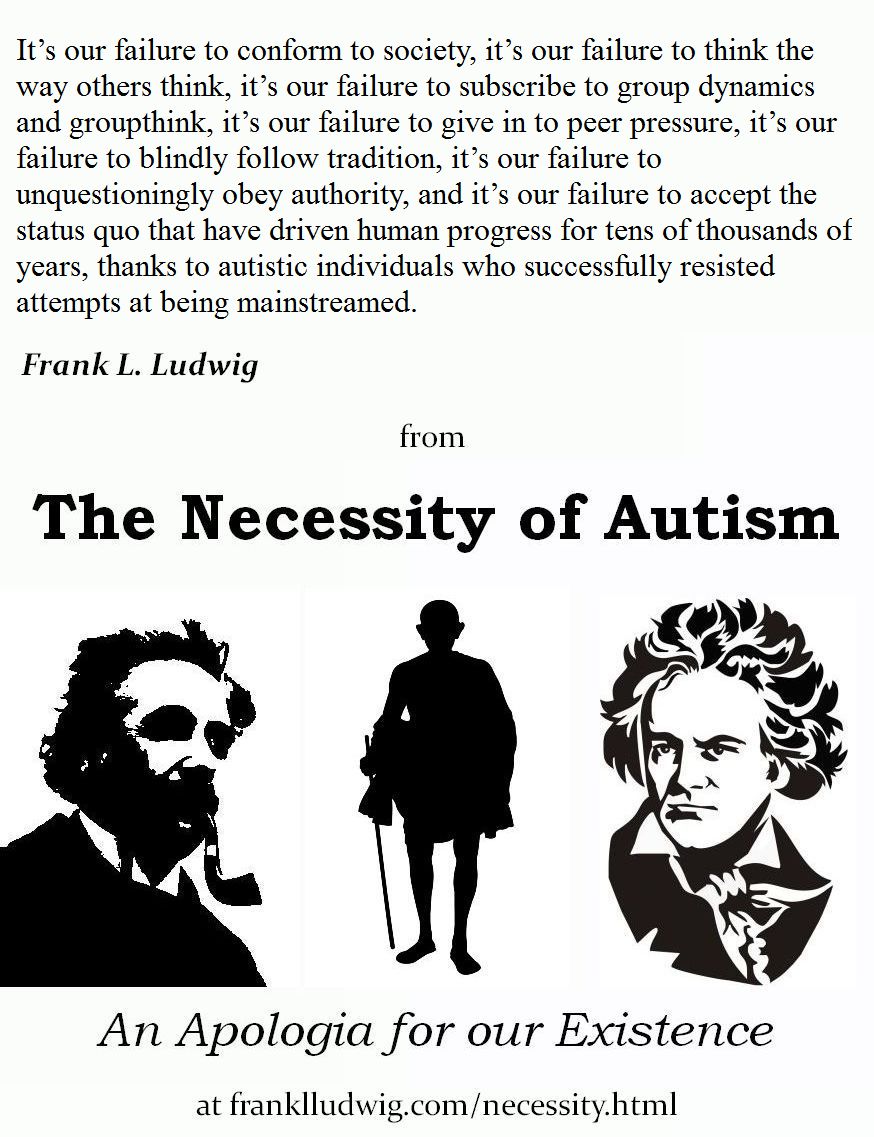
Read more on
|
Tweet
|
The public education system was designed to produce workers, soldiers, priests and housewives. It doesn’t bring out the best in the children, but it makes them functional parts of the respective political system. Its purpose is to enforce conformity and compliance and to enshrine the status quo. This standardised model neglects the individual interests, talents and needs of the children, consists to a large extent of mindless rote learning, implies there is only one correct answer to any question and depends on extrinsic motivation such as marks and praise.
Besides suppressing creativity, the current system is even unable to recognise talent. Thomas Edison’s teacher told him he was ‘too stupid to learn anything’, Einstein’s teacher told him he would never amount to anything, and the music teacher of Paul McCartney (who hated music lessons) and George Harrison didn’t spot anything unusual about the lads. Progress appears to depend on people who overcome their formal education.
Also, some areas are considered fringe subjects, such as music and the arts, which aren’t thought to be a career choice for any student. If all students listened to their teachers telling them they wouldn’t find employment in these areas, we wouldn’t have arts or entertainment.
Even though our educational system goes against human nature, most children have learnt to cope with it; after all, there seems to be no available alternative.
Educator Ken Robinson (who has given the most-viewed TED talk of all time on Do Schools Kill Creativity?) has compared our system of public education to industrial farming where the same crop is sawn on the same soil year after year and suggested changing this one-size-fits-all approach to one resembling organic farming: ‘In farming, crop has different needs at different times in order to produce the greatest yield. Why not apply the process to education?’
He criticised that we operate ‘systems which celebrate conformity, compliance and linearity, and we pathologise difference in our school systems.’ - ‘We don’t need to fix the kids. We need to fix schools.’
He promoted a system of schools in which the individual child’s interests, talents and needs are at the centre of their education. His suggestions included democratic schools in which children are involved in decisions, mixed-age groups, tolerating fidgeting (which is natural) rather than requiring them to sit still and valuing collaboration over competition and diversity over standardisation.
The four key principles of his approach are
Health: Promoting the development and well-being of the whole student, intellectually, physically, spiritually, and socially.
Ecology: Recognizing the vital interdependence of all of these aspects of development within each student and the community as a whole.
Fairness: Cultivating the individual talents and potential of all students, whatever their circumstances, and respecting the roles and responsibilities of those who work with them.
Care: Creating optimum conditions for students’ development, based on compassion, experience, and practical wisdom.
This model would greatly benefit society by producing more progressive and innovative adults (as I point out in my Deindividuation Resister Hypothesis), and it would benefit students by enabling them to learn the natural way and focus on their talents and interests.
But this type of student-focussed education would also make a huge difference for autistic children (as well as those with related neurological orientations). Taking an individual approach to education, encouraging alternative solutions, discarding rote learning, tolerating fidgeting (i.e. stimming), reducing stress, pressure and competition, catering to the individual child’s most effective learning style and tailoring the curriculum to their preferences would remove the vast majority of problems autistic children face in our educational system, enabling them to flourish just as much as their peers.
Do Schools Kill Creativity?
Children by nature are intrinsically motivated. They are eager to learn about the things that are of interest to them and to explore the world around them. Our educational system stifles their enthusiasm and curiosity.
Children by nature are creative. Our educational standardisation process kills that creativity in most. A longitudinal study in 1968 tested 1,600 three- to five-year-old children for their capability to think creatively; their task was to ‘look at a problem and come up with new, different, innovative ideas.’ The same children were tested again at the ages of 10 and 15 as they went through formal education. This is the percentage of children who scored at genius level:
3-5 years: 98%
10 years: 30%
15 years: 12%
The same test was also given to 280,000 adults; 2% of them scored at genius level.
Imagine the possibilities if the educational system encouraged children to retain their creativity; after all, creativity is one of the most important hiring criteria for companies.
One group of children, however, tends to find this system difficult if not unbearable. Autistic children (as well as those with related neurological orientations), due to their increased sense of individuality, have a natural resistance to conformity and a tendency to question anything without (or with flawed) proof or things that are handed down as facts. Besides this, repetition, which plays a large part in our educational system, is actually detrimental to the learning of autistic children who require permanent intellectual stimulation.
How to Escape Education's Death Valley
Revolutionising Education From the Ground Up
Changing Education Paradigms

